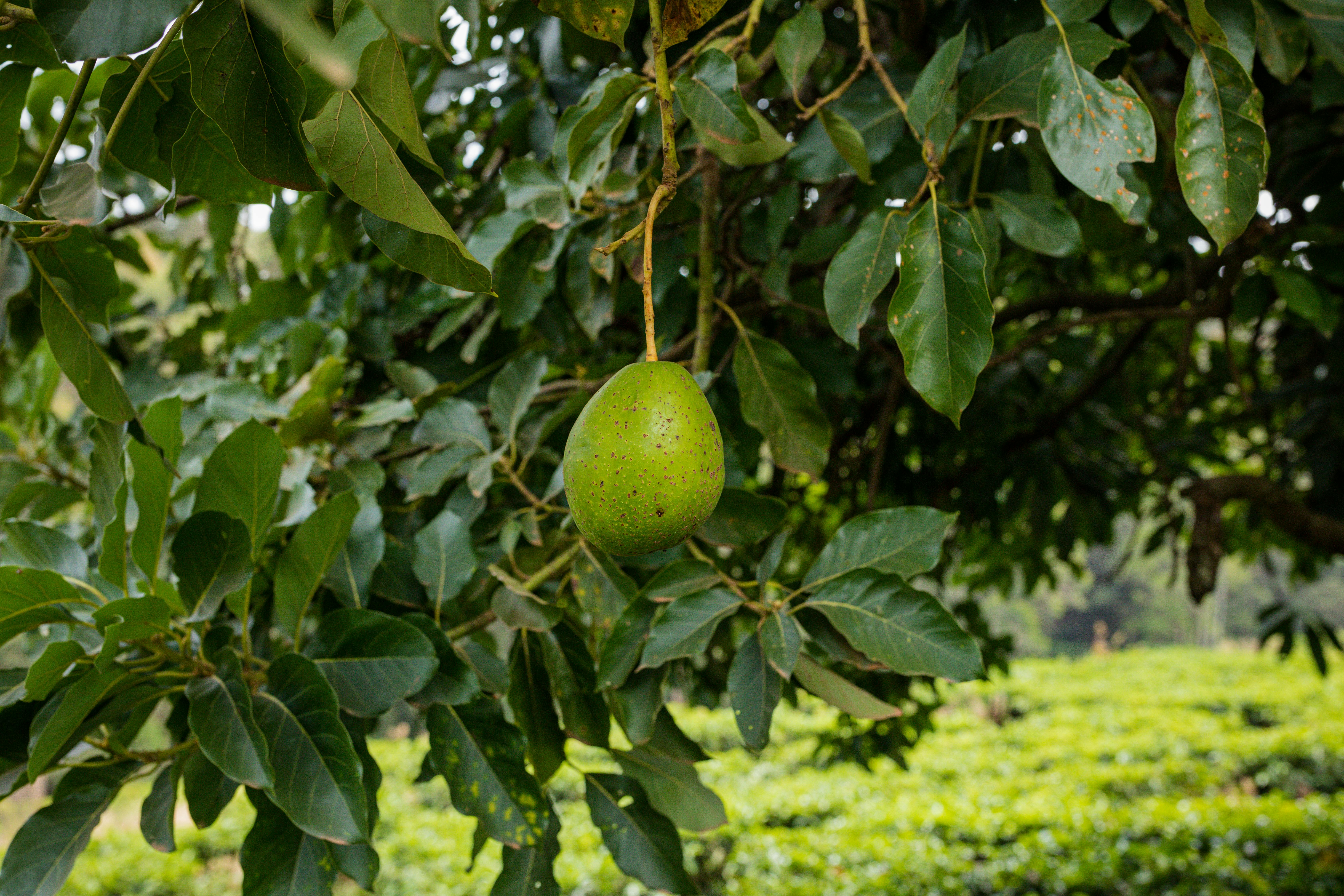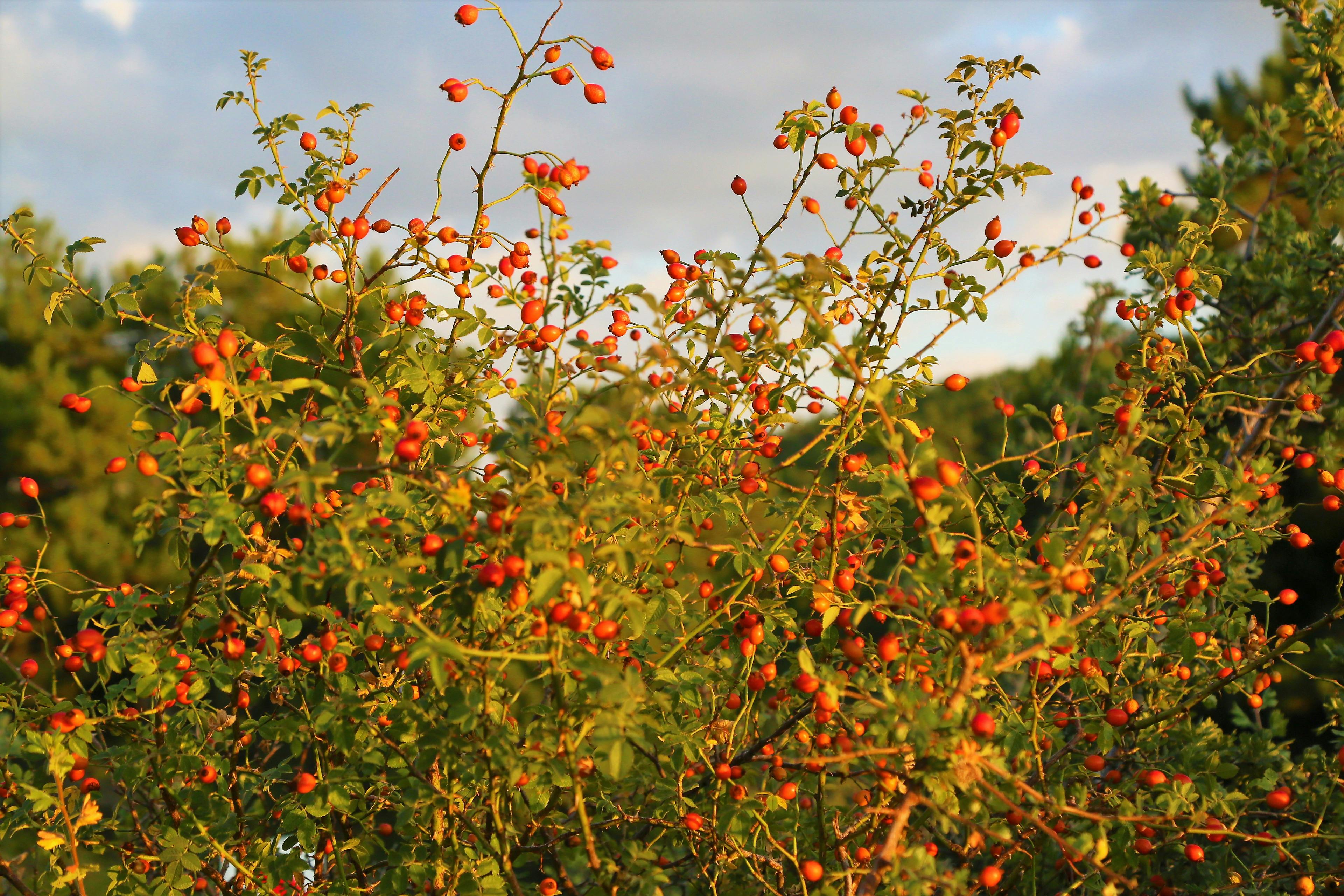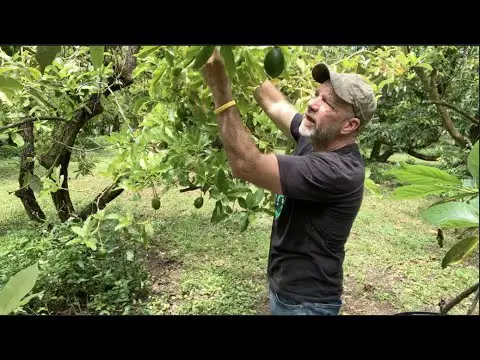Avocados are a popular and delicious fruit, but it can take some time for an avocado tree to bear fruit. This article will cover how long it takes for an avocado tree to produce fruit, as well as what factors can affect the time frame.It typically takes an avocado tree 4 – 6 years to begin bearing fruit. However, some may take longer depending on the variety and growing conditions.
Climate
Climate plays a major role in the production of avocados. Avocados thrive in warm climates with temperatures ranging from 60 to 85 degrees Fahrenheit. They also require high humidity levels for optimal growth and to ensure adequate fruit bearing. In addition, avocados require a consistent supply of moisture and need at least 25 inches of rain per year for good growth and fruit production. Cold temperatures can cause damage to the avocado tree, resulting in poor fruit production or even death of the tree. Therefore, it is important to choose a climate that is suitable for growing avocados.
Soil
The soil type also plays an important role in the successful cultivation of avocados. Avocado trees prefer well-draining soils with a pH between 5 and 7.5, which is slightly acidic to neutral. A soil that is too alkaline may result in nutrient deficiencies and poor fruit production. In addition, soils that are too moist or heavy can cause root rot and other fungal diseases, which could lead to reduced yields or even death of the tree. Therefore, it is important to select an appropriate soil type for growing avocados.
Pollination
Avocado trees rely on pollinators such as bees and other insects for their fruits to form properly. If pollination does not occur, then there will be no fruiting bodies formed on the tree which results in poor yields or no yield at all. It is best to provide adequate habitat for pollinators such as flowers near the avocado tree so that there are plenty of insects available for pollination.
Pruning
Pruning plays an important role in maintaining healthy avocado trees and ensuring good yields of fruit production each year. Pruning helps control the size of the tree as well as promote better air circulation throughout its canopy so that more sunlight can reach all parts of it which helps with photosynthesis and overall growth of the tree. Pruning also helps reduce insect problems such as scale insects which can reduce yields if left unchecked.
Fertilization
Fertilization is another important factor when it comes to growing healthy avocado trees with abundant fruits each year. Avocado trees require regular applications of nitrogen, phosphorus, potassium and other micronutrients throughout their life cycle in order to stay healthy and produce fruits each year at optimal levels. It is best to use organic fertilizers whenever possible as they are more beneficial for both the environment and your avocado tree’s health than synthetic fertilizers.
Understanding Avocado Tree Growth Cycle
Avocado trees are a great addition to any garden, as they provide delicious fruit and attractive foliage. Understanding the avocado tree growth cycle is essential for proper care and maintenance. This article will explore the various stages of the avocado tree’s growth cycle, from seed to full maturity.
The first stage of the avocado tree’s growth cycle begins with planting a seed. The seeds should be planted in a well-draining soil mixture and kept moist but not soggy until germination occurs. This can take anywhere from several weeks to several months, depending on the variety of avocado seed used. Once the seed has germinated, the next stage of development is vegetative growth.
During this stage, the newly sprouted seedling will start to grow rapidly as it establishes its root system and produces new leaves and branches. The amount of water and fertilizer it needs during this stage will depend on how much sunlight it gets each day and what type of soil it is growing in. It is important to keep an eye on both water and nutrient levels during this time, as too much or too little can stunt the tree’s growth or cause damage to its leaves and branches.
As the tree matures, it will begin producing flowers that eventually lead to fruit production if pollinated by bees or other insects. The amount of fruit produced will depend on many factors such as climate, soil fertility, light exposure, pruning techniques, etc. Proper pruning techniques are essential for maintaining a healthy balance between vegetative growth and fruit production.
When an avocado tree reaches full maturity, it can produce several hundred fruits per year if properly cared for. After harvesting fruits from an avocado tree for two or three years in a row, it is recommended that you give the tree a rest period by not harvesting any fruit at all in order to allow it time to replenish itself before producing again.
By understanding the various stages of an avocado tree’s life cycle and providing proper care and maintenance throughout its lifetime, you can ensure that your avocado tree produces delicious fruits for years to come!
Germination Stage
Avocado tree growth begins with the germination stage. This is the initial phase of development when a seed sprouts and the roots and stem of the tree begin to form. During this stage, the tree needs plenty of moisture and warmth to enable it to grow properly. In addition, adequate sunlight is necessary for photosynthesis to take place in order for the plant to receive its energy source. After germination, avocado trees typically reach full growth in 2-5 years depending on environmental conditions and variety of avocado.
Vegetative Growth Stage
The next stage in avocado tree growth is the vegetative growth stage. During this period, the stem and foliage of the tree will grow significantly as it works towards maturity. The leaves will be a medium dark green color and may have some reddish tints or purple tips on them depending on variety. This is also a time when flowering can occur as long as certain environmental conditions are met such as adequate sunlight and water. Flowering will then be followed by fruit production if pollination is successful.
Mature Growth Stage
The mature growth stage marks the end of avocado tree growth. At this point, the tree has reached its full potential size and can produce fruit annually if it receives proper care and attention. The leaves will be dark green in color with few or no tints or purples present while flowers may still bloom during certain times of year if conditions are right. Fruit production can occur several times per year depending on variety and climate with each crop lasting anywhere from four to six months.
Fruiting & Decline Stage
The final stage in avocado tree growth is known as fruiting & decline stage which marks a period where yields diminish over time due to age or other factors such as disease or pests. During this stage, production will become more sporadic with fewer fruits produced each season until eventually there are no fruits at all from that tree anymore. To ensure that trees remain healthy during this period, they must be given proper care including pruning, fertilization, pest control, watering, etc., so that they can continue producing for many years to come.
What Is the Average Time Before an Avocado Tree Bears Fruit?
Avocado trees can take anywhere from three to five years to bear fruit, depending on the variety and growing conditions. After planting, it may take a year for the tree to become established, and then two to three more years before it starts producing fruit. If they are planted in ideal conditions and cared for properly, avocado trees can produce fruit in as little as two years. Different varieties of avocado trees will also bear fruit at different times. Generally speaking, Hass avocados tend to bear fruit the quickest while Reed and Fuerte avocados can take up to five years. It’s important to note that there is a wide range of variation when it comes to how quickly an avocado tree will bear fruit, so it’s important not to be too disappointed if your tree takes longer than expected. With proper care and patience, your avocado tree should begin bearing fruit soon enough!

What Is the Optimal Climate for an Avocado Tree to Bear Fruit?
Avocado trees are subtropical fruits, so they thrive in climates where temperatures remain mild year-round. The optimal climate for an avocado tree to bear fruit is warm, with temperatures ranging between 60 and 85 degrees Fahrenheit. Avocado trees do best in areas with dry summers and wet winters, and they prefer a Mediterranean climate.
Avocado trees require plenty of sunlight, so if growing one outdoors it should be planted in an area with full sun exposure. The tree should also be protected from strong winds, as they can cause damage to the delicate leaves.
Avocado trees are very sensitive to cold temperatures and can suffer damage even when exposed to temperatures as low as 40 degrees Fahrenheit. In colder climates, growers may need to use protective measures such as wrapping or covering the tree to protect it from frost or other cold weather damage.
Water is also a key factor for avocado trees; the soil should remain evenly moist but not saturated. Irrigation systems may be needed in drier regions in order to keep the soil adequately moist during dry periods.
Overall, the ideal climate for an avocado tree is warm and sunny with mild temperatures year-round; humidity levels need to be monitored as well in order to ensure that the soil does not become waterlogged or overly dry. With proper care and attention, avocado trees can produce a bountiful harvest of delicious avocados each year!
Caring for an Avocado Tree
Caring for an avocado tree is an important part of ensuring maximum fruit bearing. Avocado trees require regular water, fertilizer, and pruning to stay healthy and produce a bounty of fruit. There are also steps that can be taken to reduce the risk of disease or pests. By following these guidelines, you can ensure your avocado tree produces the most fruit possible.
The first step in caring for your avocado tree is providing regular water. The amount of water needed depends on the variety of avocado and climate, but generally trees need about one inch of water per week during the growing season. Watering deeply once each week is better than light watering every day. Additionally, make sure to check soil moisture levels before watering; if the soil is already moist, there is no need to water.
Fertilizing your avocado tree is also important for proper growth and maximum fruit production. Generally speaking, fertilize every three months during the growing season with a balanced fertilizer such as 10-10-10 or 8-8-8. Make sure to follow package directions for proper application rate and frequency of use.
Pruning is also important when caring for an avocado tree; it helps control size and shape while encouraging new growth that will produce more fruit. Prune during the winter months when the tree is dormant, removing any dead or diseased branches as well as any crossing branches that could be rubbing against each other.
Finally, it’s important to take steps to protect your avocado tree from disease or pests. Make sure to inspect regularly for signs of disease or infestation, and if you find anything suspicious contact your local extension office for help identifying and treating the problem.
Caring for an avocado tree doesn’t have to be complicated; by following these simple guidelines you can ensure that your tree produces a bounty of delicious avocados each year!
Varieties of Avocados for Fruit Bearing
Avocado trees require a subtropical climate in order to produce fruit, but once they are established, they can be quite productive. There are several varieties of avocado that are particularly well-suited for bearing fruit, and choosing the right variety for your area is essential for successfully growing avocados.
The most popular varieties of avocado for fruit bearing are Hass, Fuerte, Bacon, Gwen, Reed, Pinkerton and Zutano. These varieties have been chosen for their ability to thrive in different climates and soils. The Hass variety is a great choice if you live in a cooler climate. It produces large, dark green fruits with creamy flesh and an excellent flavor. Fuerte is another popular variety that grows well in cooler climates and produces delicious fruits with a mild flavor.
Bacon is an excellent choice if you live in an area with warmer temperatures. It produces large fruits with firm flesh and a nutty flavor. Gwen is a great option if you live in an area with hot summers and mild winters. It produces medium-sized fruits with a sweet flavor and creamy texture. Reed is ideal for areas with mild winters and hot summers; it produces large fruits with firm flesh and an excellent flavor.
Pinkerton is another great option if you live in an area with hot summers and mild winters; it produces large fruits that have a sweet flavor and creamy texture. Finally, Zutano is perfect for areas with cool summers and mild winters; it produces medium-sized fruits that have a nutty flavor and creamy texture.
When selecting the right variety of avocado for fruit bearing, it’s important to consider the climate of your area as well as the type of soil you have available. With the right variety of avocado tree planted in suitable conditions, you can enjoy plenty of delicious avocados throughout the year!

Conclusion
The amount of time it takes for an avocado tree to bear fruit depends on many factors, such as the climate where it is grown, the type of avocado tree, and the level of care it receives. Generally, it takes three to five years for an avocado tree to start bearing fruit, but in some cases it can take up to 10 years or longer.
The most important factor in determining how long it takes for an avocado tree to bear fruit is how well it is cared for. Regular pruning and watering are essential in order for the tree to reach its maximum potential. Additionally, providing adequate nutrition and protection from pests and disease will help ensure that the tree remains healthy and productive.
In conclusion, with proper care and attention, an avocado tree can produce its first crop of avocados within three to five years. However, depending on the variety of avocado tree and its environment, this process can take much longer.



